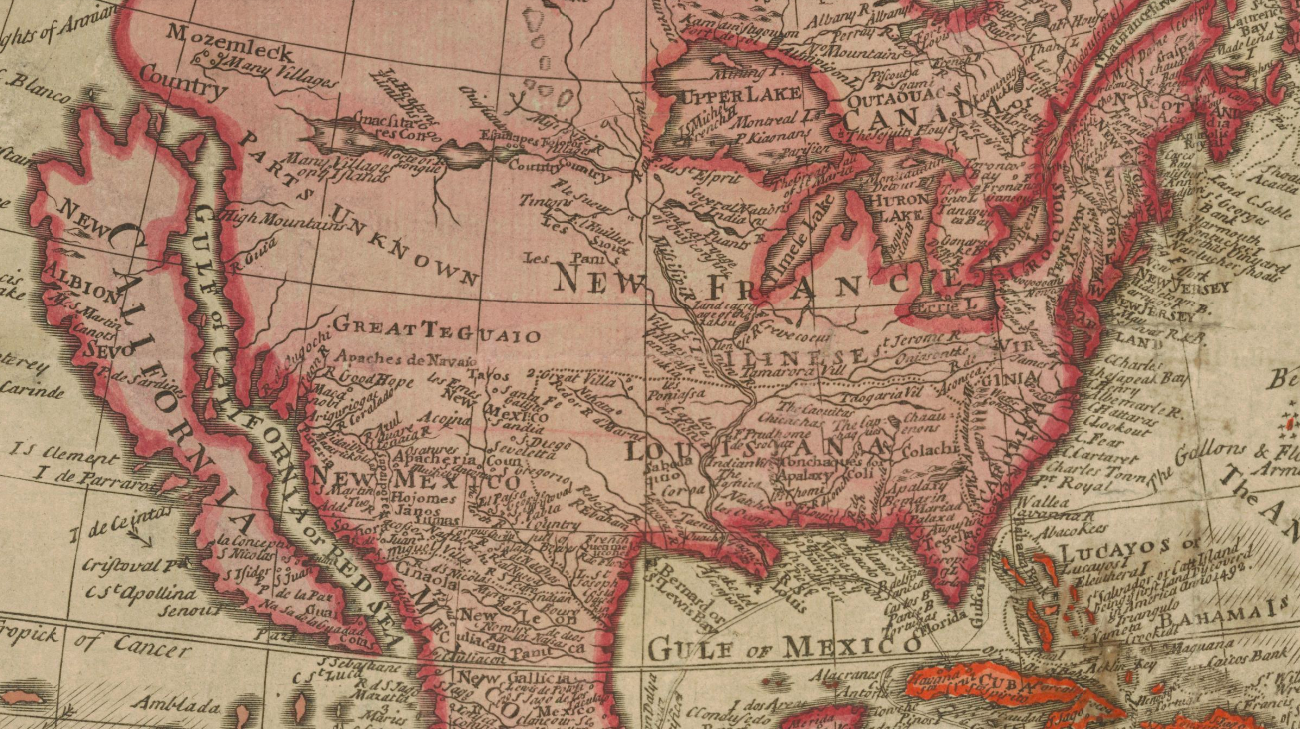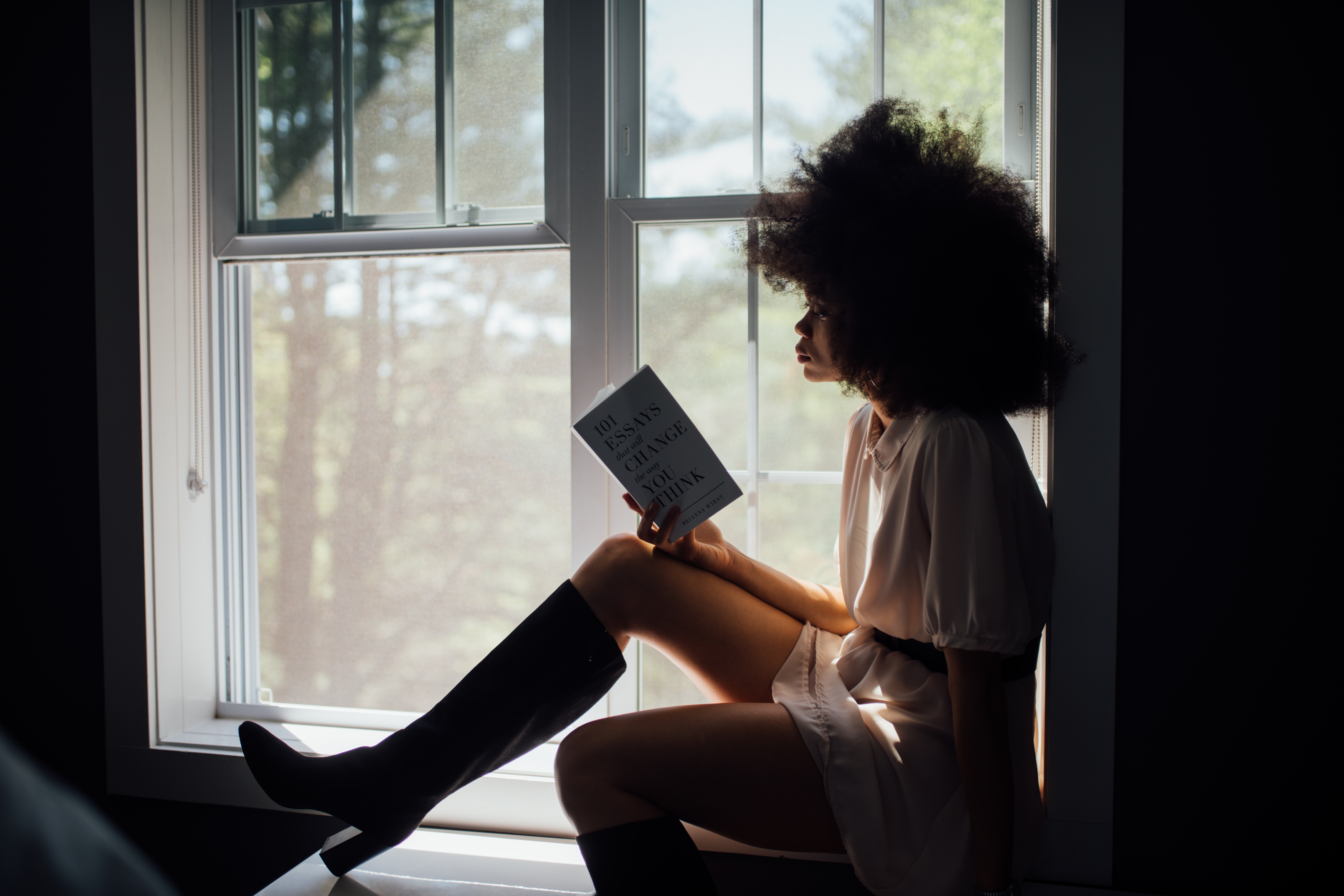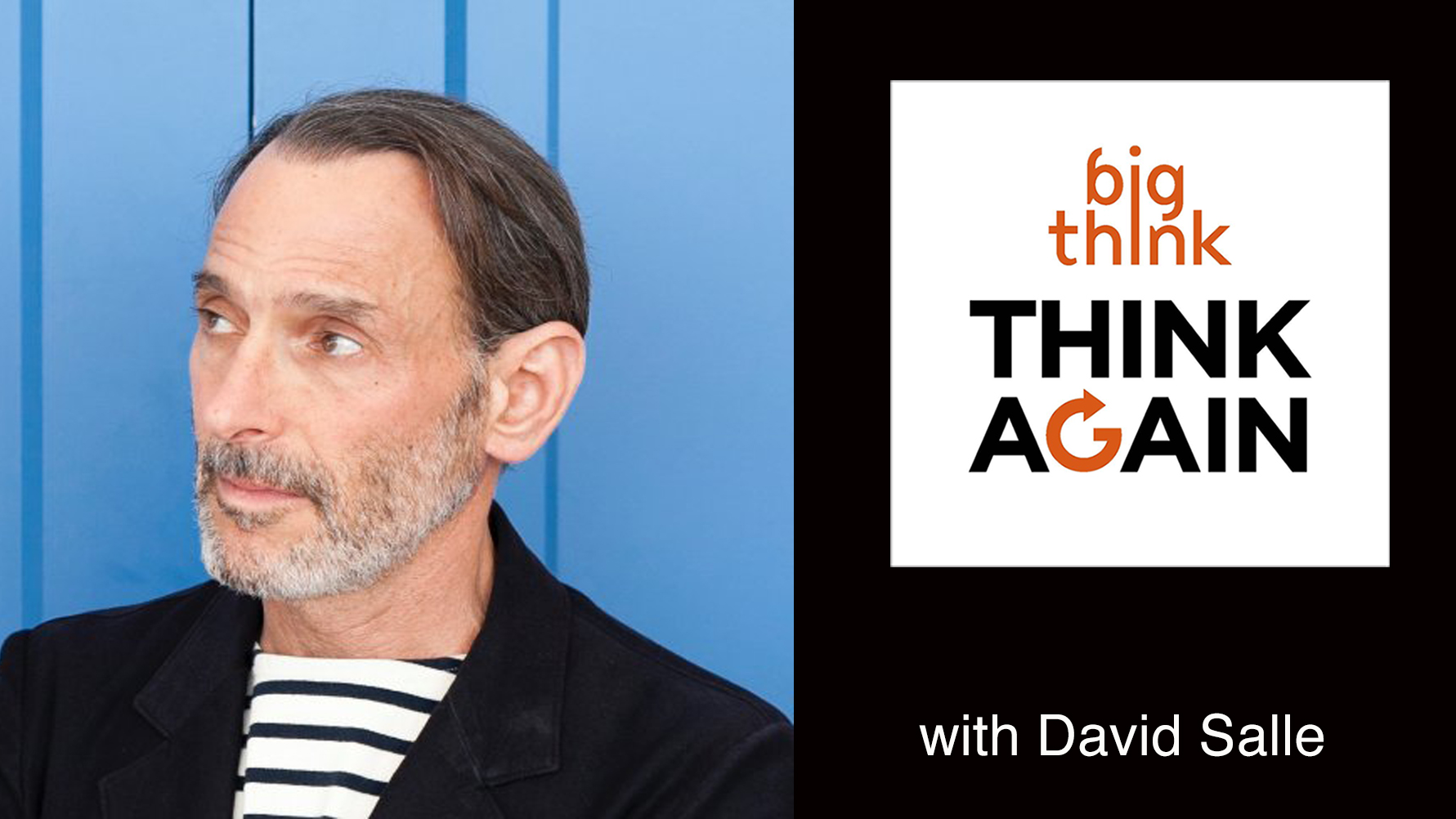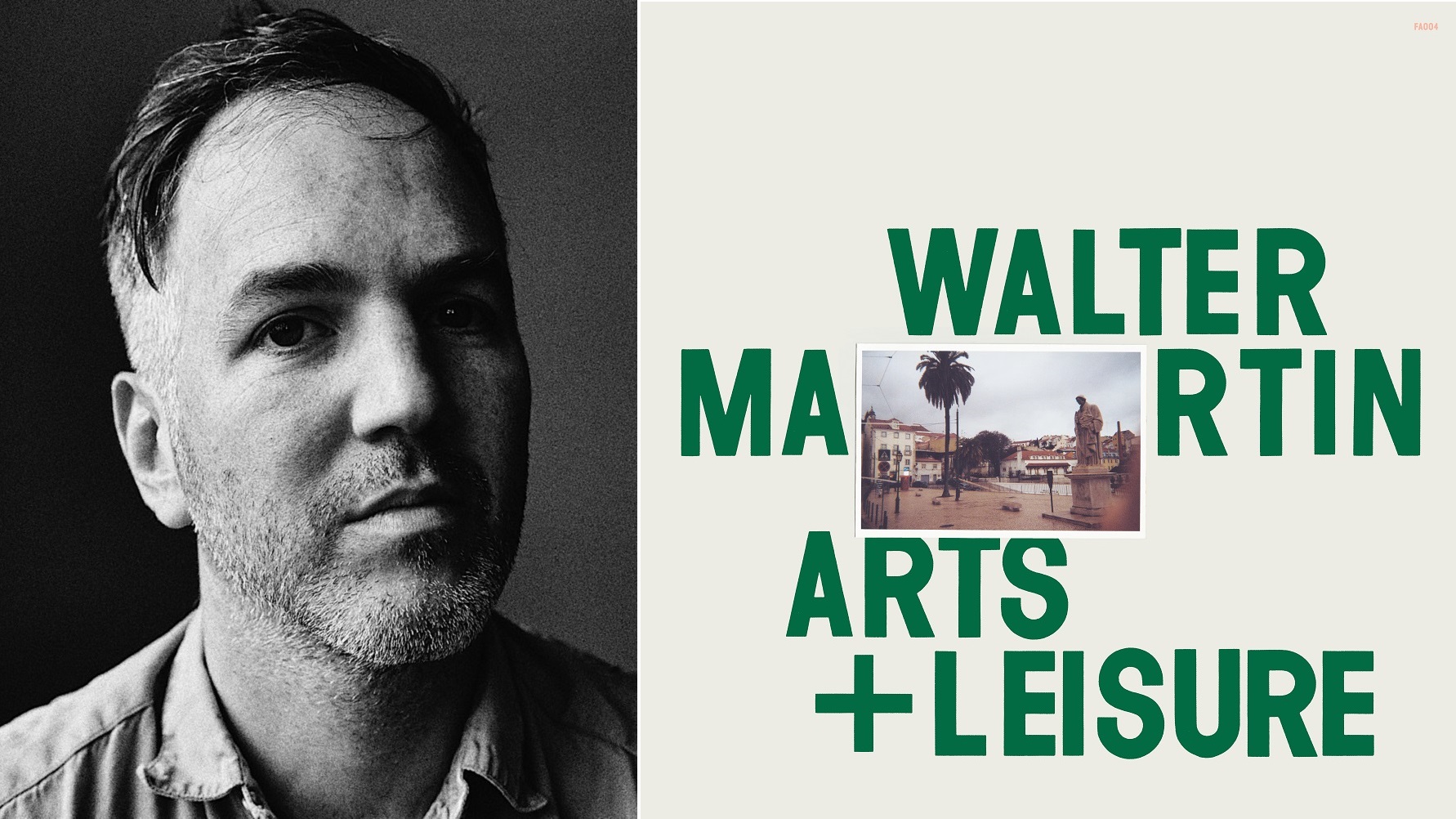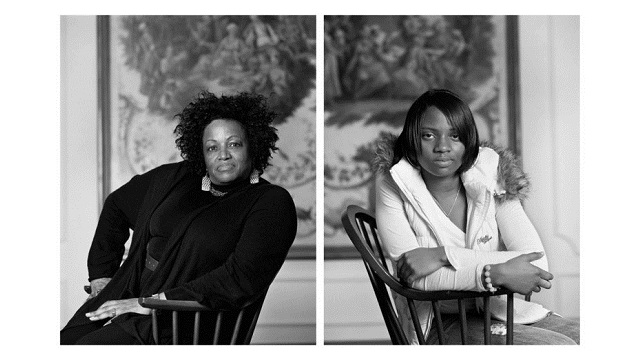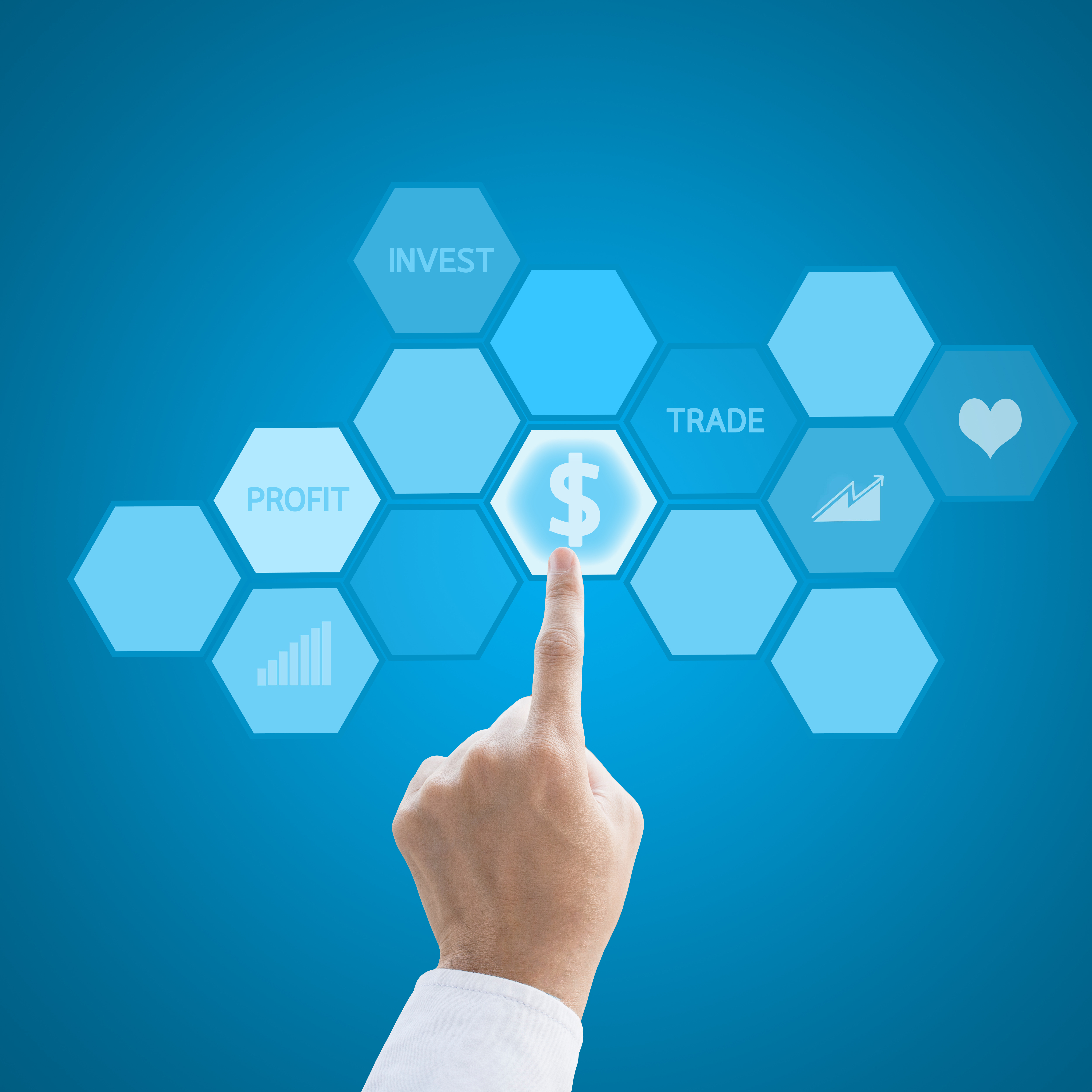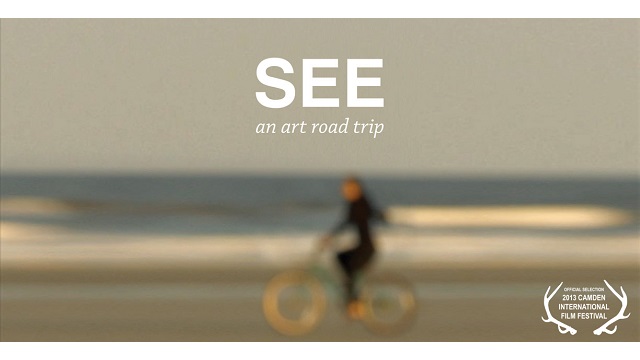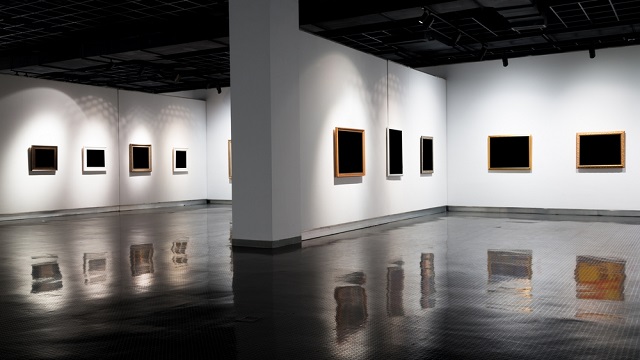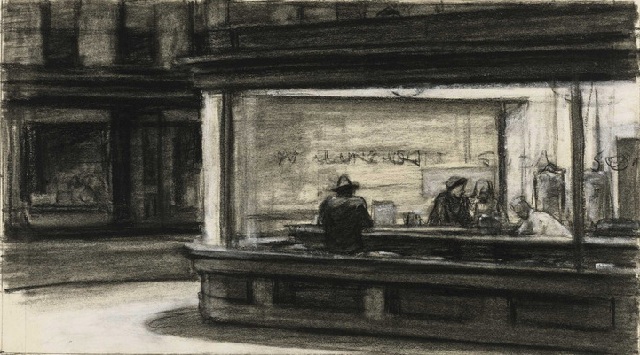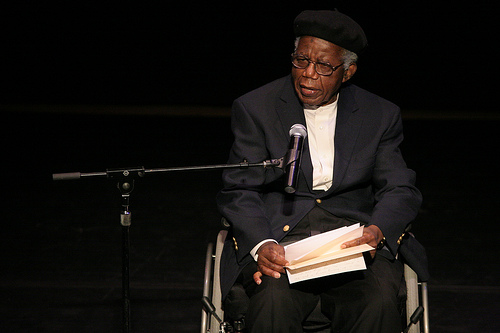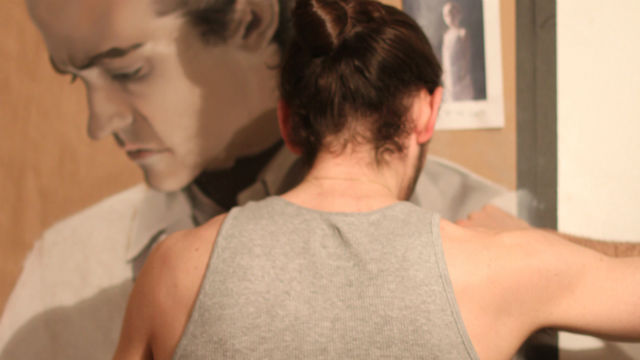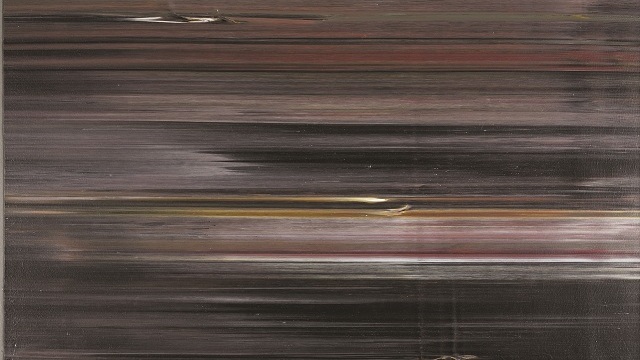A tourist generally has an eye for the things that have become almost invisible to the resident.
Search Results
You searched for: Whitney Hoffman
Early reading experiences play an important role in brain development.
The Glen McLaughlin Collection brings together more than 700 historical examples of ‘California as an island’.
Many of the world’s favorite records weren’t really recorded by the artist on the label.
What’s Eminem doing in Missouri? Kanye West in Georgia? And Wiz Khalifa in, of all places, North Dakota?
The way we represent other genders or ethnicities in literary fiction shows the limitations of our capacity for empathy and compassion.
After Beyoncé’s landmark Coachella performance, a look back at the biggest musical stars ever. It’s impossible to pick just one as the biggest, but fun to try.
A new study highlights the extent of the drug overdose epidemic in the United States.
Spontaneous talk on surprise topics. Artist David Salle on how even to begin figuring out what “works” in art.
Tinder now offers free testing for sexually transmitted infections to users.
Artist Laura Poitras—the filmmaker who helped Edward Snowden—shows Americans how to survive total surveillance in a new exhibition.
Walter Martin sings about art history in his new album Arts and Leisure and makes music for your eyes.
With the May 1st grand opening to the public of its new building in Manhattan’s Meatpacking District, the Whitney Museum launches a new era not only in the New York City art scene, but also, possibly, in the very world of museums. Thanks to a Renzo Piano-designed new building built, as Whitney Director Adam D. Weinberg put it, “from the inside out” to serve the interests of the art and the patrons first, the new Whitney and its classic collection of American art stretching back to 1900 has drawn excited raves and exasperated rants from critics. Their inaugural exhibition, America Is Hard to See, gathers together long-loved classic works with rarely seen newcomers to create a paradox of old and new to mirror the many paradoxes of the American history the art embodies and critiques by turns. This shock of the new (and old) is the must-see art event of the year.
Innovation isn’t always the result of invention and discovery. Sometimes the best way to innovate is to rethink something old.
Don’t know Ellsworth Kelly or his art? Now’s your chance — he’s dead.
When the Whitney Museum of American Art decided to stage in 1948 their first exhibition of a living American artist, they chose someone who wasn’t even an American citizen, but only legally could become one just before his death. Painter Yasuo Kuniyoshi came to America as a teenager and immersed himself in American culture and art while rising to the top of his profession, all while facing discrimination based on his Japanese heritage. The exhibition The Artistic Journey of Yasuo Kuniyoshi, which runs through August 30, 2015 at the Smithsonian American Art Museum in Washington, DC, unveils an amazing story of an artist who lived between two worlds — East and West — while bridging them in his art that not only synthesized different traditions, but also mirrored the joys and cruelties of them.
More than 20 years ago, the sitcom Seinfeld went “meta” and joked that it was “a show about nothing.” But 20 years before George Costanza’s epiphany, artist Richard Tuttle was staging shows about nothing featuring works such as Wire Piece (detail shown above) — a piece of florist wire nailed at either end to a wall marked with a penciled line. But, as Jerry concludes, there’s “something” in that “nothing.” A new retrospective of Tuttle’s art at the Fabric Workshop and Museum in Philadelphia, Both/And: Richard Tuttle Print and Cloth, dives into the depths, and widths, of this difficultly philosophical, yet compellingly simple artist who takes the everyday nothings of line, paper, and cloth to create extraordinary statements about the need to be mindful of the artful world all around us.
In a world where the future of seemingly everything is online, museums — those repositories of the past — seem to resist the internet’s full digital embrace. It’s a question that’s increasingly crossed my mind thanks to a series of unrelated stories that share two common questions — how do people use museums now and how will they in the future? For every digital breakthrough enticing us to step on the virtual gas comes a cautionary tale reminding us to pump those virtual brakes. Ultimately, the online revolution is coming to museums, but is the future of museums really online?
All across the US this summer, paintings by American artists will replace advertisements for the widgets you probably don’t need anyway.
Comedian Stephen Colbert called Jeff Koons “The world’s most expensive birthday clown” when the artist famous for his giant balloon animalsappeared on his show in 2012. A year later, one […]
Every two years the American contemporary art world converges on The Whitney Museum in New York City. And biennially the Whitney Biennial inspires the whole gamut of critical reactions from […]
You knew the movie was hilarious, but did you also know that Caddyshack essentially features science in its pivotal plot points? Those explosions meant to rid the course of that […]
This success story is an example of taking your biggest problem and deciding to skip it.
We all dream of mastering a skill like a pro—to skate like an Olympian, sing like an Idol, or go to the hoop “like Mike.” What if we could learn […]
That’s the question curators at New York’s Whitney Museum had to answer when looking at a Web-based work acquired in 1995.
Despite knowing the full-colored truth, I’ve always pictured the 1930s and 1940s in black and white. Laura,The Big Sleep, The Killers, Shadow of a Doubt, and countless other examples of […]
With the death of Chinua Achebe, Nigerian author and critic of the Western Canon, have we as a readership surpassed the political and aesthetic limitations of what we define as good art?
“I believe the children are our future.” Never has a more brazen tautology graced the opening line of a Top 40 song. But when Whitney Houston popularized these words in […]
“Lucien Freud said if you’re painting humans you have the best subject matter in the world. It’s so true. That’s the concept of [my] work. Everything has humanity in it,” […]
“Ain’t got no rest in my slumbers/ Ain’t got no feelings to bruise/ Ain’t got no telephone numbers/ I ain’t got nothing but the blues,” goes Jazz composer Duke Ellington’s […]


